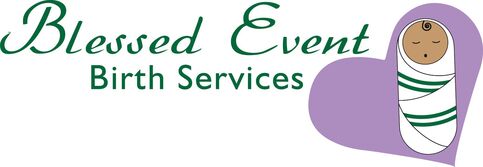
Is this really a thing? What is the likliehood you will grow a baby that is too big to fit through your pelvis? CPD used to be an issue when nutritional defiencies lead to issues like rickets which could affect bone growth. Polio could also cause pelvic issues. Those things are pretty rare in developed countries now. There can still be pelvic issues due to accidents that may cause damage to the pelvis or pelvic anomolies. Babies of mothers with unmanaged gestational diabetes can also be big, and some congenital anomolies can also cause larger than normal head size.
I believe that with a mobile mother, a flexible pelvis, a newborn head that can mold to fit, and a provider who is willing to be patient, CPD should be extremely rare. The effects of the hormone relaxin let the pelvis open up as baby descends. A mother who is mobile can move her body in different ways to help keep the pelvis open, and help baby move down. For example, a deep squat opens the pelvic outlet by up to 30%. Having a provider who does not expect a certain amount of cervical dilation within a given time, who is willing to wait if labor slows will eliminate "failure to progress", the most common reason for a diagnosis of CPD.
During labor, I encourage mothers to listen to how thier body is telling them to move. If my intuition makes me think a particular position or combination of positions may help baby with descent, I will share that with the mother. Somtimes Mom just needs to rest, and wait for her baby and her body to adjust to be ready for the next phase of work needing to be done. So long as Mom and baby are doing well, there is no reason to rush the process. I trust the birth process and I trust women's bodies and thier babies to navigate birth well. While I can't say that CPD does not exist, I do feel that it is rare in women who are able to move how thier body and baby tell them to move.


 RSS Feed
RSS Feed